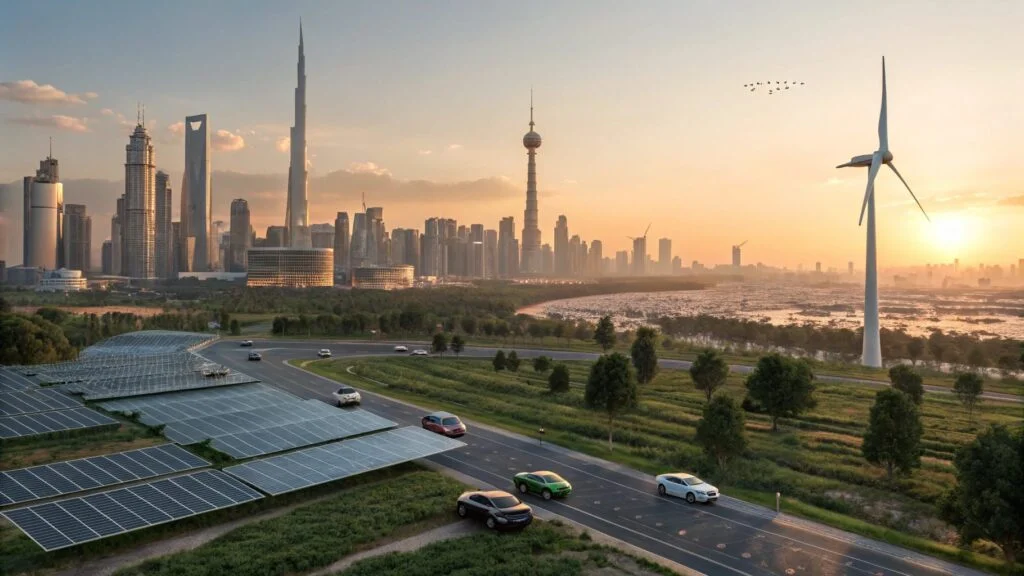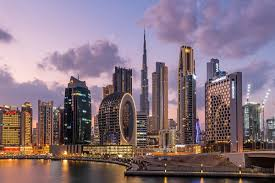Now Reading: Why the World Is Running Out of Water Faster Than Ever 2025
-
01
Why the World Is Running Out of Water Faster Than Ever 2025
Why the World Is Running Out of Water Faster Than Ever 2025

Table of Contents
Water is essential for life, yet many parts of the world are facing a serious problem water stress. This means there isn’t enough clean, safe water to meet everyone’s needs. From drinking and farming to industry and daily hygiene, we rely on water for almost everything. But growing demand, pollution, and climate change are putting extreme pressure on this vital resource.
According to the United World Nations, over two billion people live in countries facing high water stress. And this number is expected to grow. If urgent action isn’t taken, future generations may face a world where clean water is no longer a guarantee.
What Is Water Stress?
Water stress happens when World the demand for water exceeds the available amount during a certain period or when poor water quality limits its use. It’s different from water scarcity, which refers to a lack of water entirely. Water stress focuses more on the balance between supply and demand.
Some areas may have enough rainfall but still face water stress due to poor infrastructure, overuse, or contamination of water sources. Urban areas with high population growth and industries also consume large amounts of water, making the situation worse.
Causes of Water Stress
- Population Growth: As the global World population increases, so does the demand for water. More people means more water needed for drinking, cooking, cleaning, and growing food.
- Agricultural Demand: Agriculture uses about 70% of the world’s freshwater. Growing food for billions of people requires a massive amount of water. Inefficient farming methods make the situation worse.
- Climate Change: Global warming is changing rainfall patterns, leading to more droughts and less reliable water sources. Melting glaciers, shrinking rivers, and drying lakes are visible signs of this shift.
- Pollution: Many freshwater sources are polluted by industrial waste, sewage, and chemicals. Polluted water becomes unsafe to use, further reducing the amount of available clean water.
- Poor Water Management: In many countries, water is wasted due to leaky pipes, outdated systems, or lack of planning. Water that could be saved or reused is often lost.
Which Regions Are Most Affected?
Water stress is a global World issue, but some regions are more affected than others. The Middle East and North Africa face the highest levels of water stress. Countries like Qatar, Israel, and Iran use more water than they can sustainably supply.
India is also experiencing growing water stress, especially in cities like Chennai, Delhi, and Bengaluru. Rivers are drying up, groundwater is falling, and many communities face regular water shortages.
Sub-Saharan Africa struggles with access to clean water due to both natural and human-made challenges. In the United States, states like California and Arizona have faced severe droughts and water restrictions in recent years.
Impacts of Water Stress
Water stress doesn’t just mean a lack of water. It has many serious effects:
- Health Risks: When clean water is limited, people may turn to unsafe sources, leading to diseases like cholera and dysentery.
- Food Insecurity: Without enough water for crops and livestock, food supplies can drop, causing hunger and rising prices.
- Economic Losses: Industries that depend on water—like agriculture, textiles, and manufacturing—suffer during water shortages, affecting jobs and income.
- Conflict and Migration: Competition over water resources can lead to conflict between communities or even countries. In extreme cases, people are forced to leave their homes in search of better living conditions.
What Can Be Done to Reduce Water Stress?
Solving water World stress requires global cooperation and local action. Here are some ways governments, businesses, and individuals can help:
- Improve Water Infrastructure: Investing World in better water storage, treatment, and delivery systems can reduce waste and make water more accessible.
- Adopt Smart Farming Practices: Using techniques like drip irrigation and rainwater harvesting helps farmers use water more efficiently.
- Recycle and Reuse Water: Treating wastewater so it can be reused in farming or industry reduces the demand for fresh sources.
- Protect Natural Water Sources: Forests, wetlands, and watersheds need to be protected to keep the water cycle healthy.
- Raise Awareness: Educating people about the importance of saving water and how they can reduce their use is key to making lasting change.
- Encourage Policy Change: Governments should create strong laws to manage water use and protect clean water sources from pollution.
What You Can Do
Even small actions can make a big difference. Here are some simple steps individuals can take:
- Turn off taps when not in use
- Fix leaks quickly
- Use water-saving devices in homes
- Collect rainwater for outdoor use
- Support organizations working on water issues
Being mindful of how we use water World every day can help reduce stress on local water supplies and protect the environment.
The Future of Water
Water stress is a silent crisis that is becoming louder every day. It threatens our health, food security, economies, and future. The good news is that solutions exist, and with global commitment and smarter choices, we can ensure that everyone has access to clean, safe water.
Read More:- Shobha Realty Launches Its Most Luxurious Project Yet—Full Details Inside 2025



















